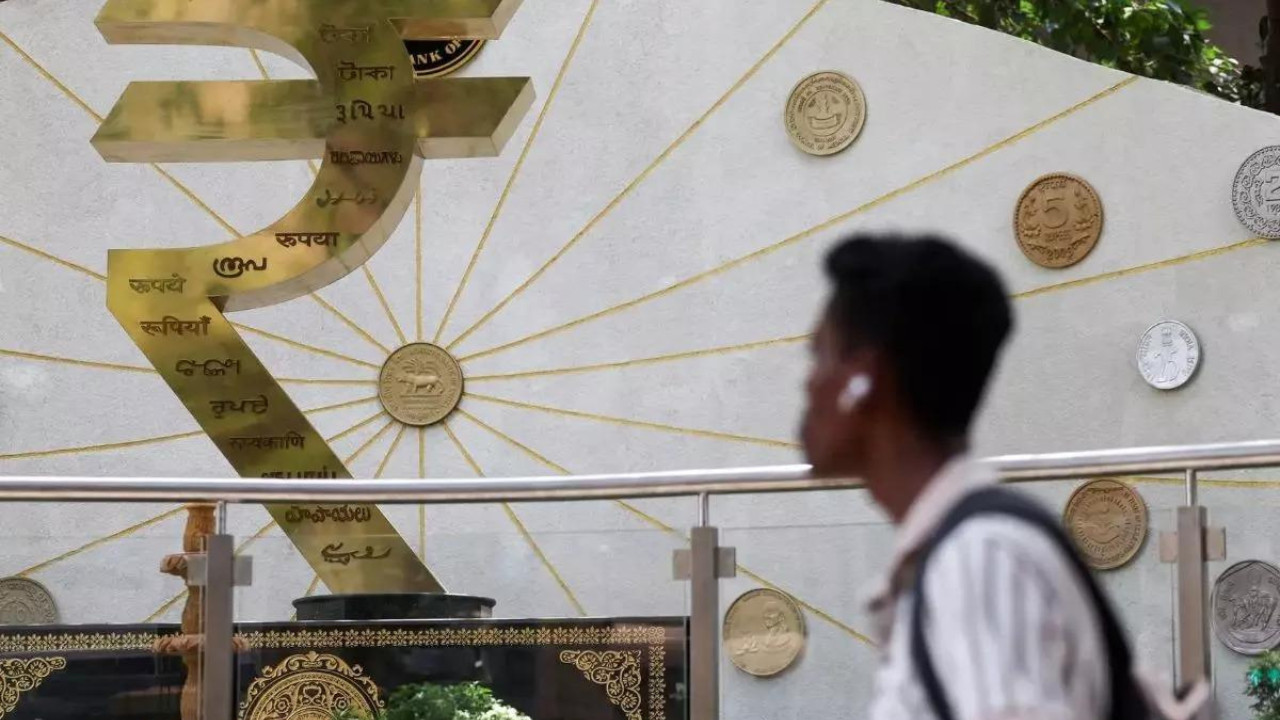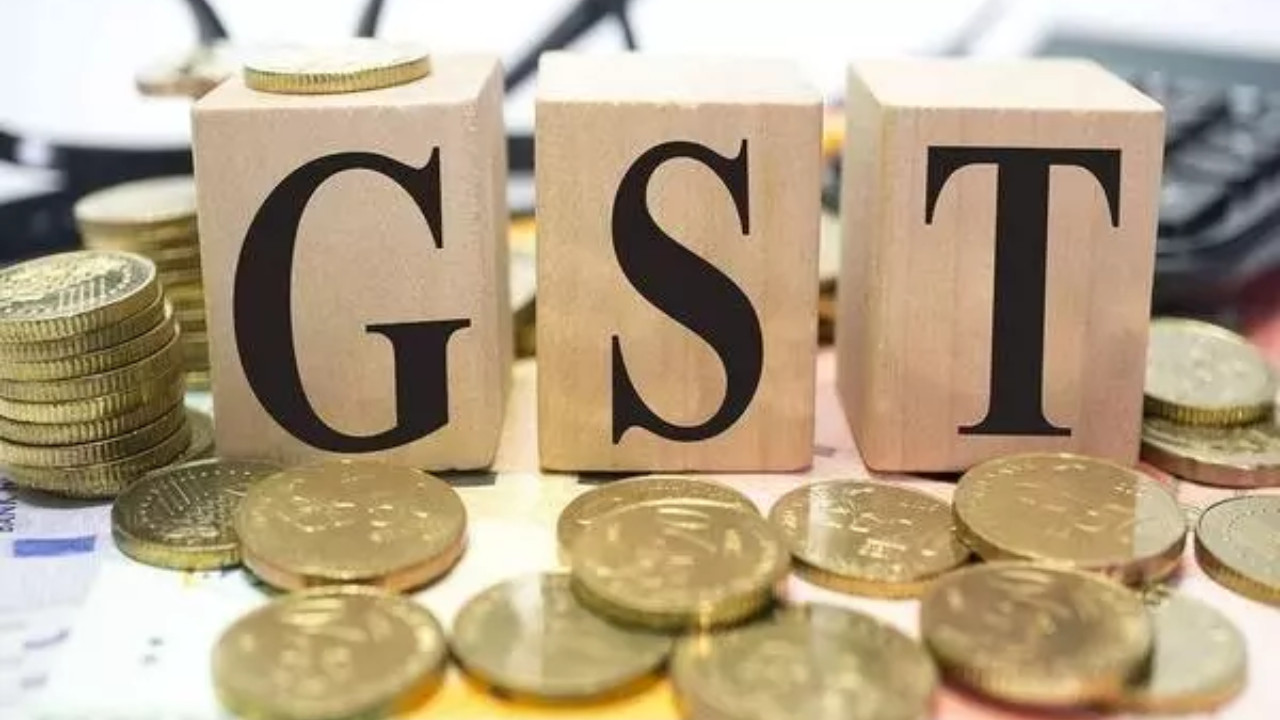The Indian rupee weakened to 86.34 against the US dollar due to rising crude oil prices and geopolitical tensions in the Middle East. A stronger dollar and subdued domestic equities further pressured the rupee. Despite bearish cues, foreign institutional investors were net buyers, purchasing equities worth Rs 1,482.77 crore.
Okay, here’s a blog post crafted from the provided news article, aiming for a conversational tone and avoiding repetitive phrasing:
The Rupee’s Wobble: What’s Behind the Dip and What it Means for You
Alright, let’s talk rupees. It’s been a bumpy ride for the Indian currency lately, and if you’ve been following the markets even casually, you’ve probably noticed the little dip against the US dollar. The rupee slid down 30 paise, settling at ₹86.34. Now, numbers can sometimes feel a bit abstract, but this movement has ripple effects that touch everything from your grocery bill to the price of your next international vacation. So, what’s causing this wobble, and what should we be keeping an eye on?
The quick answer? It’s a cocktail of global jitters. Think of it like this: the world economy is a giant seesaw, and right now, things are a little off-balance.
One of the biggest factors is the surging price of oil. Imagine India, a country that depends heavily on imported oil, suddenly facing significantly higher fuel costs. It’s like trying to run a marathon with weights tied to your ankles. The demand for dollars to pay for that oil goes up, naturally pushing the rupee down. This spike is largely fueled by the current geopolitical crisis. When there’s uncertainty on the world stage, investors tend to flock to safe-haven assets like the dollar, further strengthening it and weakening other currencies. This ‘flight to safety’ is a classic response to geopolitical tremors.
Then there’s the equities market – the stock market, for those of us who aren’t day traders. When the stock market isn’t doing so hot, it can also put downward pressure on the rupee. Traders, seeing weakness, might choose to convert their rupees into dollars, again, increasing the demand for the greenback and impacting the exchange rate. The connection here is crucial: investor sentiment plays a massive role in currency value. A nervous market leads to a weaker rupee.
Beyond the immediate impact of costlier petrol, a weaker rupee makes imports, in general, more expensive. Think electronics, machinery, and even certain food items. This can contribute to inflation, meaning things get pricier for the average consumer. It’s a domino effect. Your monthly budget might feel the pinch a little more. On the flip side, a weaker rupee can be a boon for exporters. Indian goods and services become relatively cheaper for foreign buyers, potentially boosting exports and helping to balance the trade deficit. It’s a double-edged sword.
The real question now is: where do we go from here? Predicting currency movements with certainty is like trying to predict the weather a month in advance – incredibly difficult. However, we can identify the key factors that will likely influence the rupee’s trajectory. The global geopolitical situation is paramount. A de-escalation of tensions would likely ease pressure on oil prices and provide some stability. Similarly, a rebound in the Indian stock market would signal renewed investor confidence and could help strengthen the rupee.
Furthermore, the Reserve Bank of India (RBI), the central bank, has a big role to play. The RBI can intervene in the foreign exchange market to manage volatility. They might sell dollars from their reserves to buy rupees, thereby supporting the currency. However, the RBI needs to strike a delicate balance. Too much intervention can deplete their reserves and may not be sustainable in the long run. The central bank’s monetary policy decisions also matter. Interest rate hikes, for example, can attract foreign investment and help shore up the rupee, but they can also slow down economic growth.
Ultimately, the rupee’s future performance hinges on a complex interplay of global events, domestic economic factors, and policy responses. It’s not something to panic about, but definitely something to keep an eye on. For the average person, understanding these forces can help you make informed decisions about your finances, whether it’s timing that foreign trip, investing in the stock market, or simply budgeting for the weeks ahead.
Rather than being a mere observer, empowering yourself with information equips you to handle the wobbles along the way. Stay informed, stay cautious, and remember that even small adjustments to your financial planning can make a difference in navigating these times of flux.







